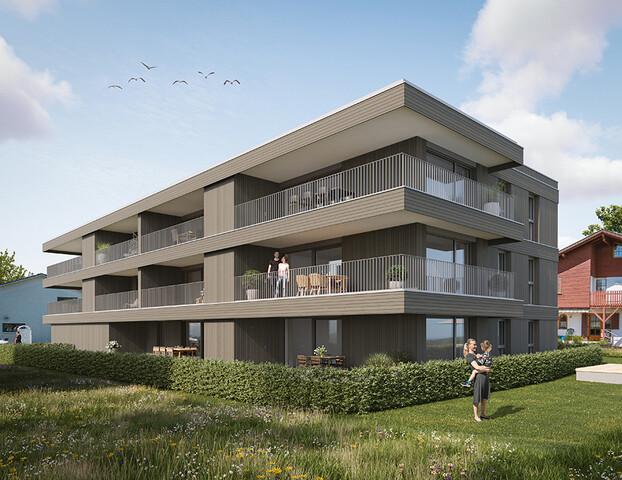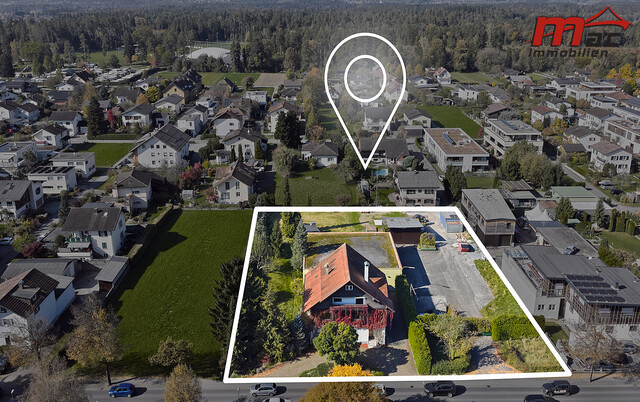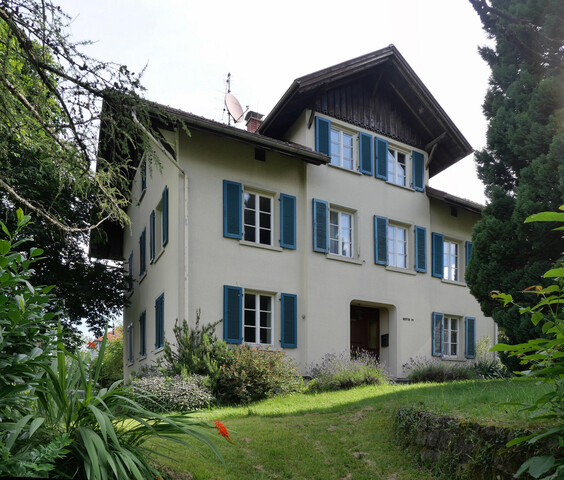First Complete Murder Statistics Since 1970 Published

A new analysis by FH Joanneum on behalf of the Federal Association of Violence Protection Centers provides for the first time a breakdown of homicides in Austria since the 1970s. In the past 54 years, 4,297 people have died a violent death in this country, 2,160 men and 2,137 women. Murders have significantly decreased during this period. However, one thing became clear: women are more likely to be killed at home and men in public places.
Almost 4,300 Murders in Austria Since 1970
The aim of the study was to obtain reliable and comprehensive data on murders in Austria, said Marina Sorgo, deputy chairwoman of the Federal Association of Violence Protection Centers. "We wanted to know if it is really as bad as reported in the media," she said at a press conference on Friday in Vienna. The institution especially wanted to find out if Austria is a country with a high rate of femicides. "We were worried. Especially after the pandemic, the issue popped up." It was even said that Austria would be at the bottom internationally in this regard.
The Institute for Social Work therefore looked at the numbers, which was not easy due to the heterogeneity of the data. For example, tools used in crimes have only been recorded since 2002, and the relationship between perpetrator and victim has only been established since 2019. For the first time, all murder cases documented in the official cause of death statistics of Statistics Austria were used. Long-term developments were analyzed based on this foundation.
Decline in Murder Rate Since the 70s
It was shown that the murder rate has significantly declined from the 1970s to today. Fifty-five years ago, two people per 100,000 inhabitants in Austria were violently killed, whereas today this range is 0.5 to one person per 100,000 inhabitants, said sociologist Rainer Loidl. Until the 1990s, statistics registered 120 murder victims, since 2006 it has been under 60 per year. In the years 2012 to 2014 and 2020 to 2022, the number even fell below 40 cases. In the past 20 years, a "stable number corridor" of 33 to 60 murders per year has been shown, with an average of 49 cases annually, said Loidl.
Regarding gender, the decline is more evident in the numbers of male victims than female. Especially in the pandemic years, the number of men killed fell to a "historic low," said Loidl. This was probably because two-thirds of men are killed in public places and women in domestic settings. And at that time, there were curfews. However, these values for crime scenes have only been recorded since 2002.
Victims Often Also Children or Elderly People
Regarding the age of the deceased - here too, the numbers have only been recorded since 2002 - most victims were aged 45 to 49. High values were also seen in younger children (up to five years old). Boys are particularly at risk of falling victim to a homicide, said Loidl. People aged 65 and older have also been more likely to fall victim to a homicide in the past 20 years. Therefore, Sorgo wants to focus more on child violence and violence in care in the future.
Weapons used were sharp objects like knives in one-third (35.3 percent) of cases. 2.4 percent of perpetrators used a handgun, 1.3 percent a rifle, and 20.5 percent other firearms. 14.5 percent died from strangulation, 3.9 percent from blunt force, and 10.4 percent from physical violence. These numbers have also only been recorded since 2002.
Austria Among the Safest Countries in Europe
In international comparison, it was shown that Austria is among the safest countries in the world in terms of murder mortality. Even in so-called role models like Switzerland (0.6 killed per 100,000 inhabitants), Norway (0.8 killed), Germany (0.9 killed), or France (two killed), the rate is similar to Austria (0.5 to one killed per 100,000 inhabitants). According to UNODC analyses, these countries would have the lowest murder rates in Europe.
The study thus showed that Austria is not a country of femicides; rather, violence protection has been significantly expanded in the past 30 years, according to the organization. Loidl also emphasized that it is difficult to speak of a femicide in every case of a woman's murder when it is an intimate partner homicide. It is important to mention these backgrounds because they involve dynamics in relationships and not the killing of a woman because of her gender. It is still important to convey to the public - especially women affected by violence - that effective help and support structures exist in Austria, said Sorgo.
The victim-perpetrator relationship data is still missing in this analysis, said Loidl. Sorgo also pointed out in this context that the decline in completed homicides does not automatically reflect a decrease in the population's willingness to commit violence. Other indicators, such as conviction statistics, need to be thoroughly analyzed.
The study also shows a difference between the cause of death statistics from Statistics Austria and the Police Crime Statistics. Statistics Austria records only actual deaths, while the police statistics are based on reports and investigations, said Loidl. Additionally, it also records attempted murders and potential cases that are later classified as non-criminal deaths.
The study "Murders in Austria - A Sociological Investigation Based on the Cause of Death 'Murder, Violent Assault' in a Time Comparison 1970-2024" is available at https://www.gewaltschutzzentrum.at/.
(APA/Red)
This article has been automatically translated, read the original article here.
Du hast einen Hinweis für uns? Oder einen Insider-Tipp, was bei dir in der Gegend gerade passiert? Dann melde dich bei uns, damit wir darüber berichten können.
Wir gehen allen Hinweisen nach, die wir erhalten. Und damit wir schon einen Vorgeschmack und einen guten Überblick bekommen, freuen wir uns über Fotos, Videos oder Texte. Einfach das Formular unten ausfüllen und schon landet dein Tipp bei uns in der Redaktion.
Alternativ kannst du uns direkt über WhatsApp kontaktieren: Zum WhatsApp Chat
Herzlichen Dank für deine Zusendung.








